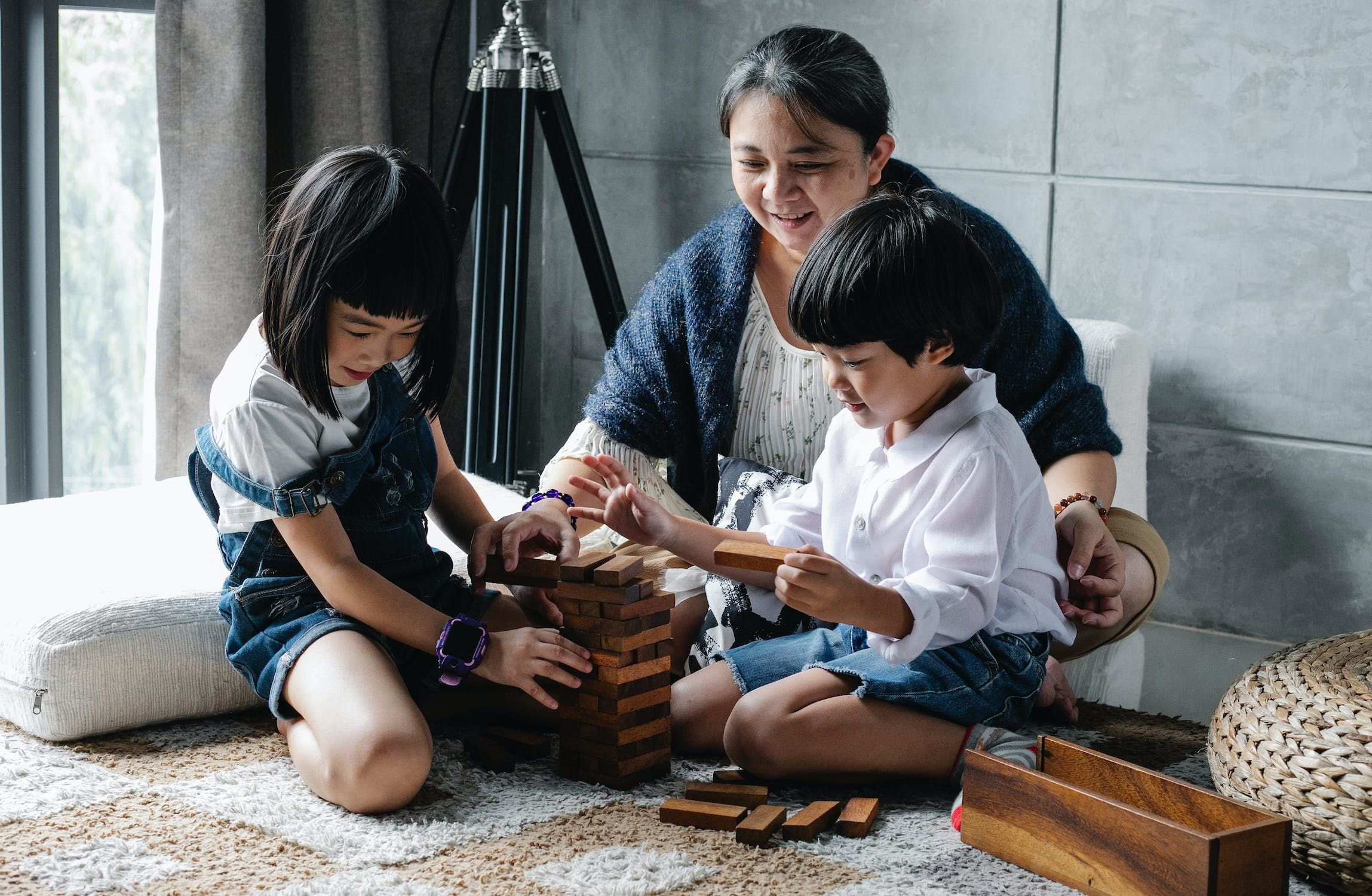The social-emotional development of our children involves their relationships with others, managing feelings, and understanding the feelings of others. Family, caregivers, and experiences shape a child’s social and emotional growth from birth.
Social-emotional skills are essential for making and maintaining healthy relationships. How to interact with other people, solve conflicts, and understand other points of view are all necessary for navigating the social worlds of school and beyond. We can give our children tools to manage their emotions by helping them to identify and communicate their feelings.
What Is Social-Emotional Learning And How Can Parents Foster It At Home?
According to Pathways, children with healthy social-emotional skills are more likely to be successful in school, work, and life. They give our children confidence as they play and work with family and friends. We have 15 fun and easy activities to work on social-emotional skills with your child at home.
15 Play Board Games
Board games are always a fun way to get everyone in the family involved, no matter their age. According to Scholastic, board games help children to practice turn-taking, follow rules, soothe anxiety, and help lengthen their attention span. In the end, all players can show how to be a gracious winner or a good loser!
14 Journal
Journaling is a creative way for children to tell stories and express emotions at nearly any age. Young children can draw pictures or write about school, hobbies, favorite places, or activities. Older children may choose to share their writing with parents to give an insight into their thoughts, feelings, or goals.
13 Make a Calm Down Kit
Help your child to select a few things to create a "calm down kit" to keep at home. They can go to their kit when they are feeling overwhelmed, angry, or just need a break.
Some examples of items to include:
- Books about emotions
- Crayons and paper
- Stress ball
- Fidget toys or spinners
- Play dough or model clay
12 Read Picture Books
Picture books offer a wonderful opportunity for talking about social-emotional skills. As you read you can talk with your child about the character's facial expressions, emotions, and actions. We Are Teachers has a list of over 50 picture books to teach empathy, kindness, grief, anger management, and more.
11 Start a Conversation
When the family comes together at the end of the day, you can discuss the events of each person's day in a meaningful way. One tip for doing this is to talk about our best and worst part of the day, “the peak and the pit”.
10 Make a Personal Mantra
According to The Daily Meditation, you can help your child understand mantras by explaining that a mantra is a simple word or phrase that makes us feel good. A mantra can be as easy to say as "I can do this!" Children say aloud their mantra when they feel anxious, frustrated, or upset.
9 Practice Breathing Exercises
Mindful breathing is simply focusing on the way your body is inhaling and exhaling. Teaching children to take a moment to pause and slow down their breathing can be calming when they are angry, stressed, or overwhelmed.
8 Act Out Social Scenes
Acting out different scenarios can be a great way to talk about emotions and work on managing feelings with children. When given a scenario, children would identify how they might feel and how they should respond. Parents could discuss with them how to use positive coping skills to handle frustration, disappointment, stress, or anger.
7 Create a Vision Board
Make a fun project together called a vision board! It will include pictures of your child's favorite activities, school subjects, places, sports, heroes, goals, and aspirations. Vision boards can be created with pictures from magazines, photos, or by drawing pictures. While your child takes the lead on the project, you can use a list from the LeBrick Family of questions to help your child include meaningful information about themselves.
6 Do a Kind Gesture for Others
Brainstorm together a way to show kindness to a neighbor, friend, family member, or someone in your community. This is a perfect way to show generosity. Helping others makes us feel good too.
5 Exercise Together
Exercise has both mental and physical benefits. It can be a mood booster for everyone and helps to increase focus. You can make it fun by trying these ideas:
- Practice yoga
- Nature walk
- Bike ride
- Dance party
- Play follow the leader
4 Say Positive Affirmations
Take a moment to compliment and admire your child for exactly the person they are. When they hear positive affirmations about themselves often, they will internalize that and believe it to be true.
3 Do a Project Together
Ask your child to pick a project to do together. Project ideas could be baking, doing a craft, building something, or gardening. Together you will be working on cooperation and communication to complete your project.
2 Explore Different Types of Music
Music can really affect our mood. Explore playing different types of music depending on the activity or your child's mood. Discuss with them how the music affected the way they are feeling. Give them the opportunity to select music when they are studying or playing.
1 Take Turns Making Choices
Let your child make choices for the family for a night. Give everyone in the family a turn to choose the dinner, movie, or game to enjoy together. This makes children feel special, practice making decisions, and learn about the interests of family members.
Sources: The Daily Meditation, Pathways, We Are Teachers, LeBrick Family, Scholastic
















